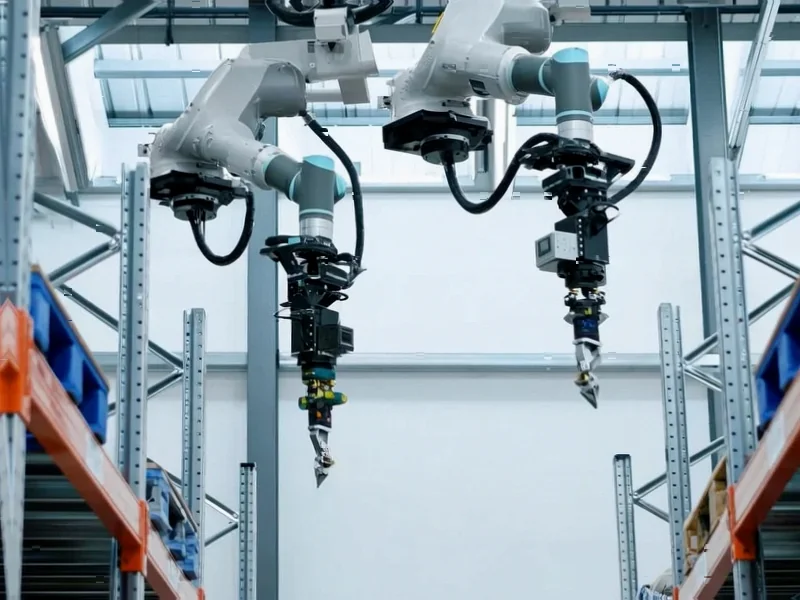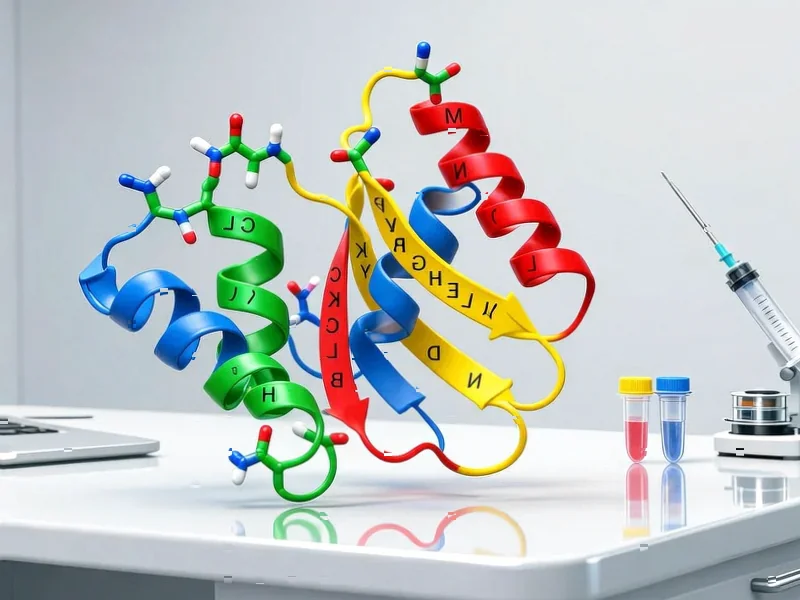According to engineerlive.com, ASTM International’s additive manufacturing committee F42 is developing a new standard called WK81710 specifically for testing the inter-layer welds in 3D printed polymer parts. The standard focuses on shear testing of the bonds between layers, which research shows are typically the weakest areas in extrusion-based printing. Rick Cole from the National Research Council of Canada notes that current tensile tests haven’t provided reliable, repeatable measurements of these critical interfaces. The goal is to give manufacturers consistent data to optimize printing parameters and verify part quality over time.
About Time Someone Tackled This
Look, this is one of those problems that’s been staring at the 3D printing industry for years. Everyone who’s ever snapped a printed part knows exactly where it breaks – right between those layers. The fact that we’re only now getting around to standardizing how to measure this weakness is kind of wild when you think about it.
Here’s the thing: without reliable testing methods, manufacturers have been basically flying blind when it comes to certifying parts for anything beyond prototypes. You can’t tell a client “trust me, it’s strong enough” when you can’t even measure the most critical failure point consistently. This standard could finally give the industry some actual engineering credibility beyond hobbyist tinkering.
Playing Devil’s Advocate
But let’s be real – standards development moves at a glacial pace. The WK81710 work item could take years to become an actual published standard. Meanwhile, companies need solutions yesterday.
And there’s another issue: will this actually translate to real-world performance? Laboratory shear tests are one thing, but complex parts experience multi-directional stresses that simple standardized tests might not capture. We’ve seen this movie before with other materials standards that looked great on paper but didn’t predict field failures.
The Bigger Sustainability Picture
What’s interesting is how they’re framing this within the UN’s Sustainable Development Goals. The argument is that better 3D printing standards will enable more widespread adoption, which reduces tooling waste from traditional manufacturing like injection molding.
Basically, if we can trust 3D printed parts to perform consistently, we might actually use them for production rather than just prototyping. That’s the real prize here – moving beyond making one-off models to manufacturing actual end-use components. The ASTM committee F42 has been chipping away at this credibility problem for years, and this standard feels like a meaningful step.
Still, I’m skeptical about the timeline. The UN sustainability goals are ambitious, but standards development? That’s a marathon, not a sprint. The industry needs this yesterday, but we’ll probably be waiting a while.




